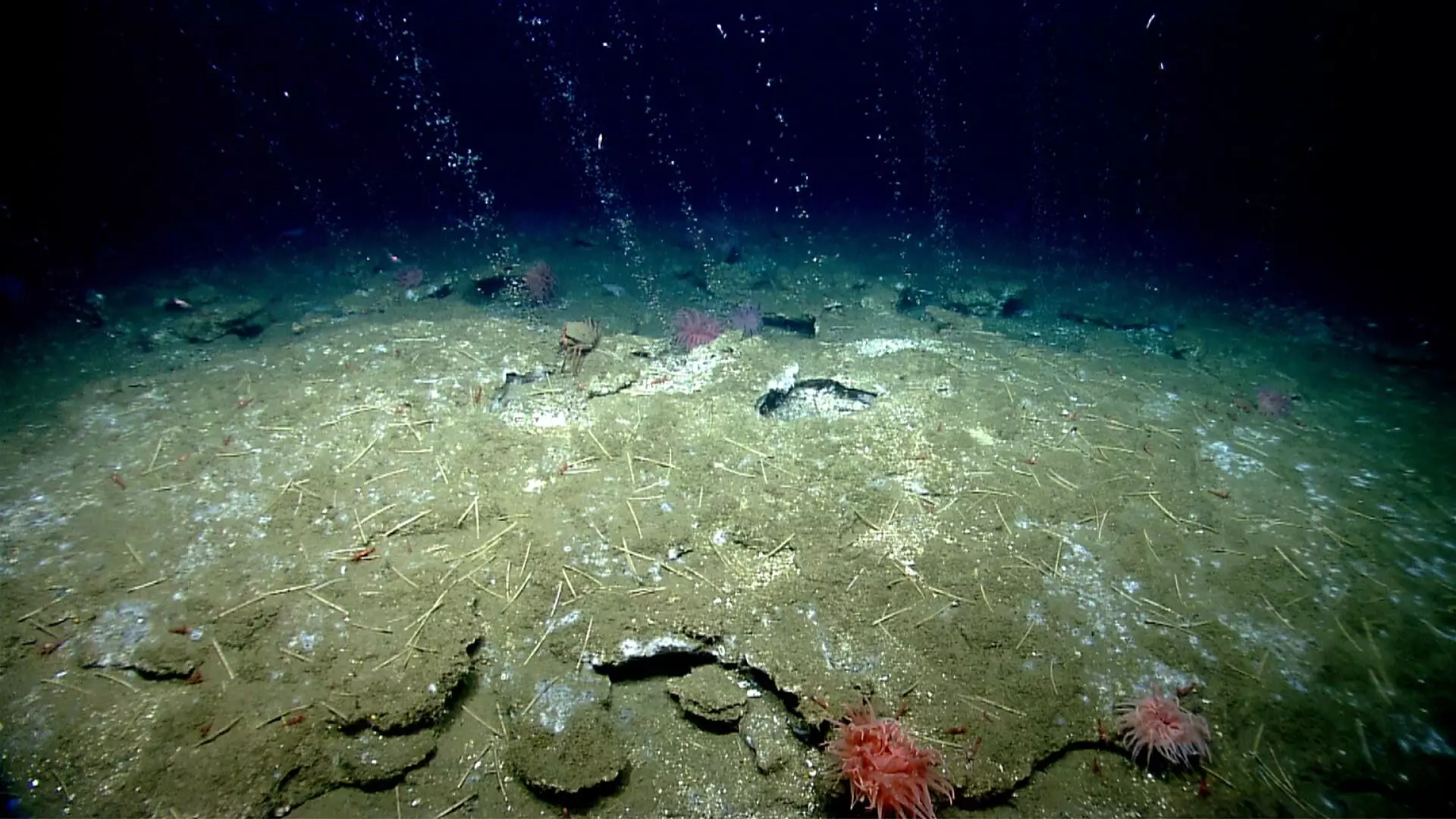Methane is a dangerous greenhouse gas that is about 25 times more potent than carbon dioxide. When combined with water under specific conditions, methane forms methane hydrate, an ice-like solid that exists in massive deposits under the seafloor. These deposits store a significant amount of carbon, with estimates ranging from 1,800 to over 20,000 gigatons. The breakdown of methane hydrate due to temperature rise can lead to the release of methane gas, contributing to the greenhouse effect and climate change.
Scientists have expressed concerns about the potential increase in methane release from these deposits as a result of climate change. To understand the extent of this threat, research groups like Jens Fiebig’s, in collaboration with the University of Hamburg and Shanghai Ocean University, have been working on developing methods to assess the stability of methane hydrate deposits. One such method, dual clumped isotope thermometry, has shown promising results in a recent study published in Science Advances.
The methane that outgasses from these deposits is consumed by microorganisms living in the ocean sediments covering the methane hydrate. These microorganisms use methane as a source of energy and subsequently mineralize the carbon in solid carbonate deposits. By analyzing the carbon and oxygen isotopes present in the carbonate minerals, researchers can gain insights into the environmental conditions at the time of formation, including the temperature and the influence of microbial communities on methane flux.
By studying the internal arrangement of isotopes within carbonate minerals using dual clumped isotope thermometry, researchers like Dr. Philip Staudigel have been able to better understand the temperature conditions at which methane hydrate deposits formed. This knowledge not only helps in assessing the stability of these deposits but also provides insights into the role of microbial communities in methane flux and the potential impact of their activities on climate change.
The threat posed by methane hydrate deposits on climate change is a significant concern that requires further research and monitoring. Understanding the mechanisms that control methane release from these deposits is essential in developing strategies to mitigate the impact of this potent greenhouse gas on the environment. Studies employing innovative techniques like dual clumped isotope thermometry offer valuable insights into the complexities of methane hydrate stability and help in predicting the potential consequences of methane outgassing on the global climate.


Leave a Reply